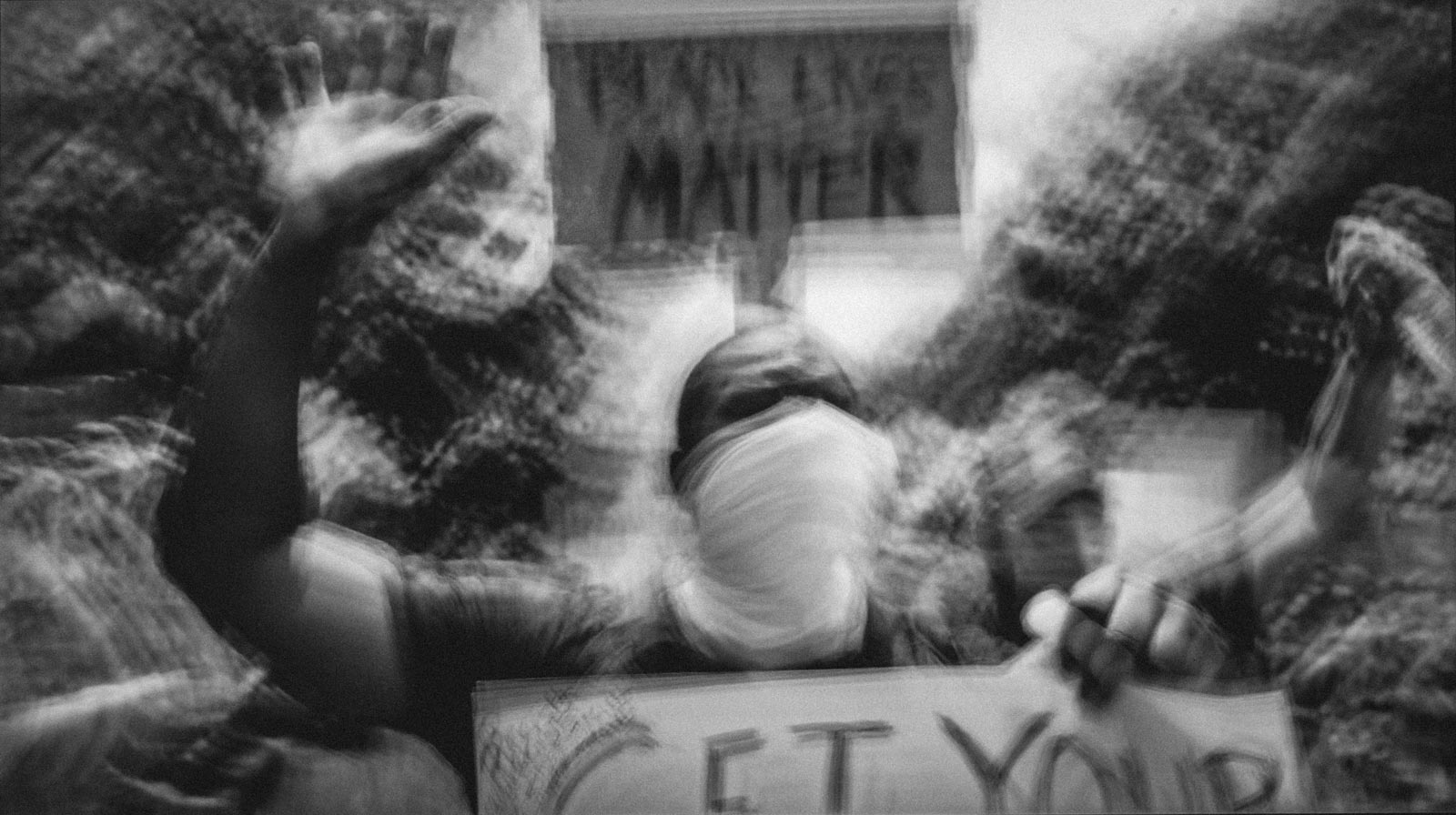It crystallizes before my discerning ocular orbs, an expansive abyss ensconced within the limitless reaches of the human cognitive expanse—a beguiling entity whose quintessence eludes conclusive explication. Its intrinsic character appears to flout the constraints of categorization, revealing itself exclusively through the negation of all that it is not.
In the articulate verbiage of Barnett Newman, an eminent luminary in the mid-20th-century artistic milieu, sculpture unveils itself as an unforeseen confluence, a collision arising when one adopts a contemplative posture to scrutinize a canvas. This pronouncement encapsulates the enigma enshrouding sculpture, its revelation intrinsically tethered to the presence of another artistic manifestation. However, the ponderous consideration beckons: is this dependence a stifling circumscription or an alluring summons to delve into the myriad prospects nestled within its domain?
An alternate perspective posits that sculpture may be distilled to a binary dichotomy within the precincts of the Klein group—a term vacillating betwixt non-landscape and non-architecture. Despite the veracity of this reductionist standpoint, it lamentably fails to acknowledge the boundless potential extant beyond this dualistic framework. Why not contrive a nomenclature that subsumes both landscape and architecture? Within this labyrinthine conceptual construct, an assemblage of disparate elements harmoniously converges, begetting what I perceive as the profound intricacy of sculpture.
This paradoxical liaison rebuffs the conventional contours of artistic demarcation, surpassing the confines of traditional definition. Consequently, the essence of contemporary sculpture oscillates amidst the realms of presence and absence, form and formlessness. It embraces the elusive specter of negation as its definitive attribute and persists in a perennial state of flux.
My creative sensibilities are undeniably ensnared by the intrinsic fluidity and indeterminacy of modernist sculpture, beckoning me to plunge into the profundities of the unexplored. It is a vessel affording me passage through uncharted artistic frontiers, transcending customary boundaries and embracing the intangible.
The notion of positive content gradually eludes apprehension within the vastness of this artistic pursuit, dissipating akin to a mirage in a desert of comprehension. Conversely, my artistic focus steadfastly fixates upon the interstices of existence, the interplay betwixt what is and what is not, where the boundaries blur, and the allure of the unknown propels me forward.
Thus, within the precincts of my artistic consciousness, modernist sculpture materializes as a profound manifestation of the enigmatic nature intrinsic to artistic genesis itself. It beckons me to traverse the convoluted corridors of perception, to embrace the ephemeral, and to revel in the complexities that define the very quintessence of human expression. For it is within this intricate interplay of presence and absence that my artistic voice resonates, echoing through the annals of time, perpetually probing and redefining the boundaries of artistic possibility.
Throughout my sojourn within this artistic realm, the query of what delineates sculpture and demarcates it from other artistic modalities inevitably resurfaces. Does it pertain solely to the tridimensional aspect, the corporeal instantiation? Or does it extend to the discourse it engages in with its milieu and the beholder?
Attention is captivated not merely by the corporeal form of the artwork but also by the negation it occupies, accentuating its form and imparting vitality. This interplay betwixt presence and absence introduces complexity and beckons introspection and reflection.
Furthermore, the dynamic interrelation betwixt sculpture, landscape, and architecture engenders a cosmos brimming with possibilities. Landscape, with its organic pulchritude and ever-shifting elements, furnishes a contrasting backdrop against which the solidity of sculpture is accentuated. Architecture, with its structured forms and utilitarian functionality, provides a counterpoint that shapes the dialogue betwixt the artwork and its environs.
Through the medium of sculpture, I aspire to capture evanescent instants of contemplation and introspection. By manipulating the interplay of luminosity and umbrage, juxtaposing textures, and orchestrating space, I aspire to evoke sentiment through my artistic endeavors. Embracing complexity, my objective is to fabricate an immersive experience that stimulates both the sensory faculties and the intellect of the spectator.
The enigmatic presence of modernist sculpture in the perpetually mutating art world continues to captivate and inspire. It impels me to delve deeper, unraveling the enigmas of form and meaning while embracing the intricate complexity at the core of artistic expression. As I traverse this vast expanse, I am humbled by the legacy of those who have paved the way before me, and I am impelled by an unswerving desire to carve out my own distinctive trajectory.
Within this intricate ballet betwixt the tangible and the intangible, the known and the unknown, sculpture metamorphoses into a means of exploration and revelation. It transcends mere aesthetics, transmuting into a conduit for the efflux of concepts, emotions, and narratives. I am reminded, as I traverse this vast expanse of cognition, of the prodigious potency and transformative potential inherent in modernist sculpture.
BIBLIOGRAPHY:
Rosalind Krauss, “Passages in Modern Sculpture” (United States)
Clement Greenberg, “Art and Culture: Critical Essays” (United States)
Penelope Curtis, “Sculpture 1900-1945: After Rodin” (United Kingdom)
Hal Foster, “The Return of the Real: The Avant-Garde at the End of the Century” (United States)
Robert Morris, “Continuous Project Altered Daily: The Writings of Robert Morris” (United States)
Richard Serra, “Writings/Interviews” (United States)
Rosalind E. Krauss and Yve-Alain Bois, “Formless: A User’s Guide” (United States)
Lucy Lippard, “Six Years: The Dematerialization of the Art Object from 1966 to 1972” (United States)
Anne Wagner, “Three Artists: Modernism and the Art of Hesse, Krasner, and O’Keeffe” (United States)
Anna Chave, “Mark Rothko: Subjects in Abstraction” (United States)
